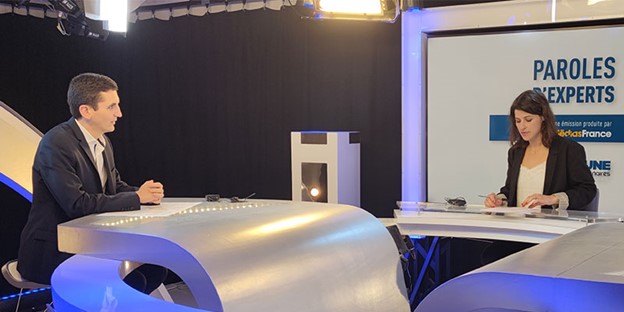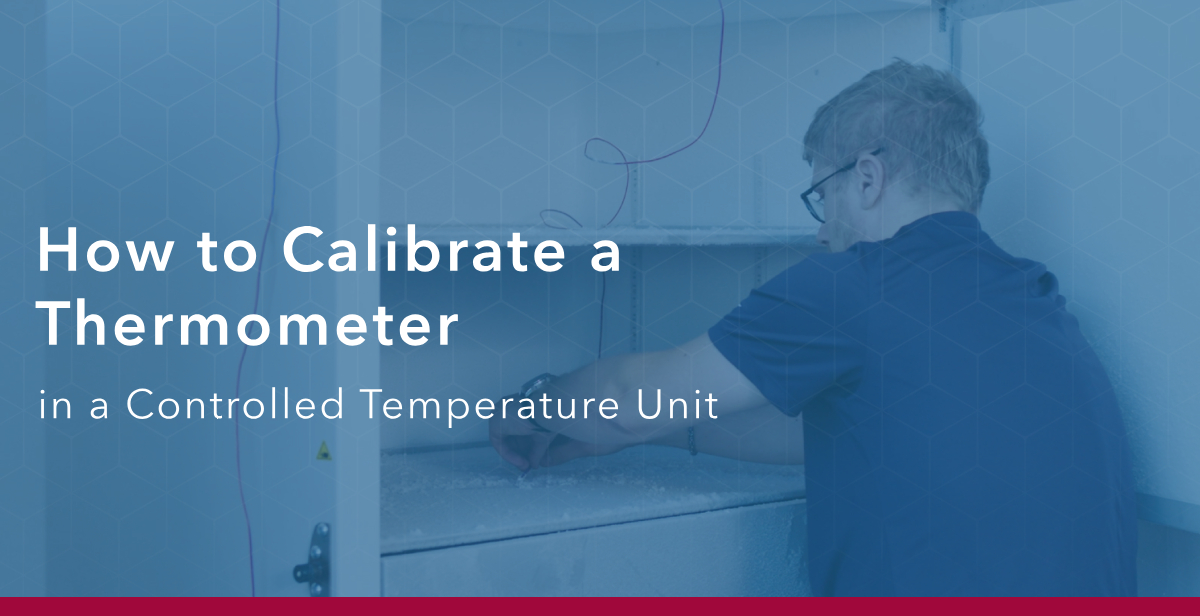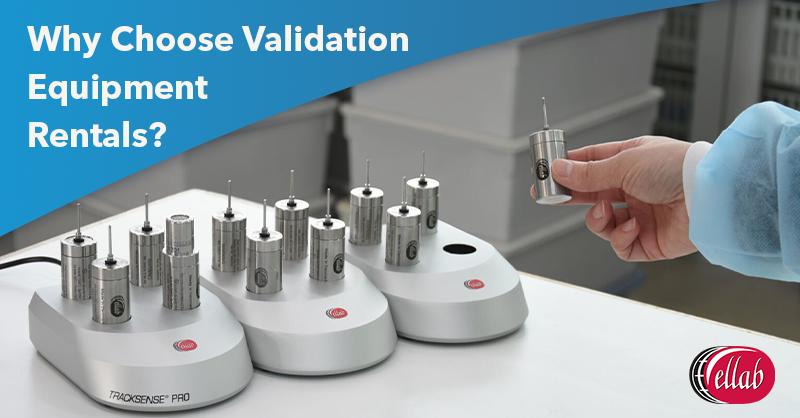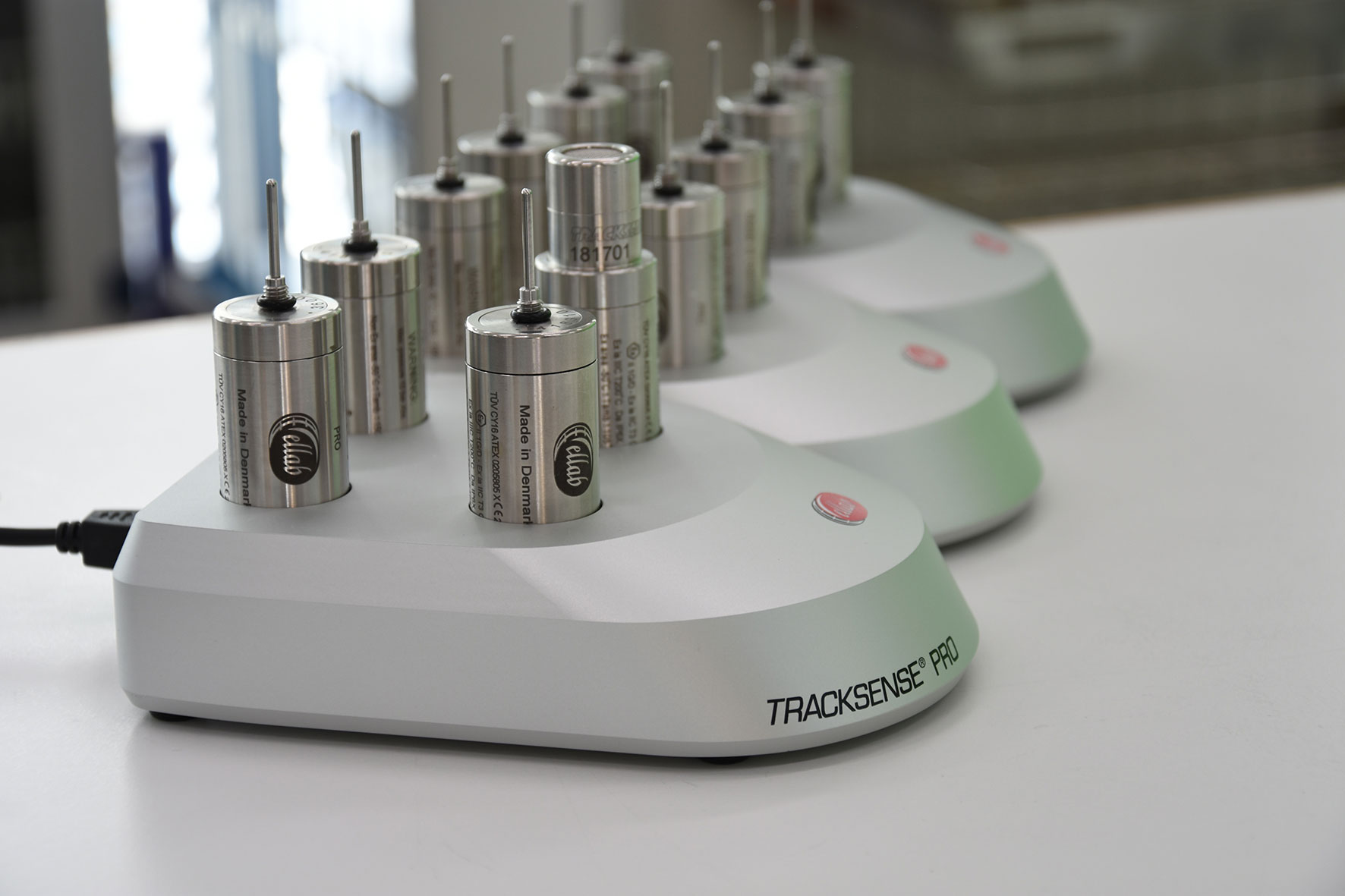Thermal validation is a mandatory and standardized step in production centers, R&D departments, laboratories, sterile supply centers, etc. The objective of this operation is to measure and analyze the distribution of temperature within a specific area. Manufacturers are required to secure and control their heat treatment processes to ensure the safety of patients and consumers, as Charles Nodot, Director of Ellab France, explains.
The Key Steps of Thermal Validation
There are six essential steps to follow when performing thermal validation of equipment to ensure an effective process:
- Planning and preparation: start by defining the objectives and scope, selecting the right equipment and methods, and developing a detailed protocol.
- Qualification of equipment and facilities: including qualification for controlled temperature units and other relevant equipment and facilities, like monitoring systems or data loggers.
- Mapping and testing: this is the step where validation tests are made, including thermal validation or any other validation processes. The resulting data is reviewed and approved by quality assurance, and reports with detailed descriptions of data, processes, and results should be generated.
- Data analysis and reporting: after the QA has reviewed and approved the data, a detailed report is generated that includes the findings of the thermal validation process and any recommendations.
- Acceptance and implementation: now is the time to accept the findings and implement any recommendations.
- Documentation and record keeping: any type of documentation, including validation protocol, test results, and reports that have been approved and reviewed by QA, needs to be stored and maintained accordingly.
“Ellab supports these companies in the validation of their processes such as sterilization, freeze-drying, pasteurization, washer-disinfectors, autoclaves, stability chambers, incubators and many others.”
Charles Nodot
Directeur France & Suisse Romande






